
The Best Cages for Rabbits. Rabbits make popular pets for children and adults alike, thanks to their docile nature and relative ease of care. One of the most important aspects of keeping a pet rabbit is the caging. The cage must be the proper size and have all the required amenities for a rabbit to keep the animal healthy and happy.
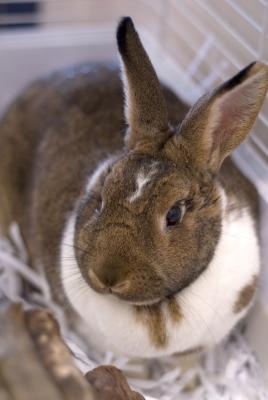
A standard rabbit cage should be composed of tough metal wires with a solid, preferably plastic base. Many modern cages have a solid plastic bottom tray with walls about five inches high, which keep in any bedding. The size needs to be fairly large since even small rabbits can grow fairly large. A good minimum size for a rabbit cage should be about four feet long and two feet wide, which gives a lone rabbit plenty of room to roam.
A good bowl with rabbit feed should be provided and refilled at least once a day, preferably more since rabbits tend to defecate in their food. The bowl should be ceramic and heavy so that the animal cannot knock it over, spilling its food. Water bowls should not be used in a good rabbit cage. Instead, the cage should have a hanging water bottle with a metal sipping tube. If a water bowl is used, the rabbits will almost surely defecate in it, making it toxic, as well as spill it in their cage or fill the bowl with bedding.
The proper bedding for a good rabbit cage should be aspen or pine shavings, about three inches of thickness at the bottom of the cage. These beddings provide plenty of burrowing opportunities for the rabbits as well as being soft enough for them to move comfortably around. Cedar should be avoided in a good rabbit cage, as it contains chemicals that could be toxic to a rabbit. Timothy hay can be spread among the bedding to give the rabbits something to chew on.
Rabbits cannot be litter trained in the traditional way like a cat, where it will learn to go to the tray. Instead, rabbits will typically pick a corner of their cage and use it as a frequent latrine. Once you figure out which corner your rabbit has picked, you can place a plastic, triangular litter pan in that corner and fill it with some bedding, creating a litter box that will make daily cleaning much easier.
The best rabbit cages include plenty of toys for your pets, including chewing toys that will allow them to wear down their teeth, as leaving the teeth unworn may lead to them growing up through their jaws. Shelter is also necessary, as a rabbit that cannot escape to a secluded area when it feels stressed may lead to even more unnecessary stress.
Rabbits can be very messy; their cages must be spot-cleaned every day. The best cages should have the defecation in the bedding scooped out and disposed of every day. All of the bedding should be replaced at least once every week and a half depending on how messy your rabbit is. Rabbits should be housed alone to keep things cleaner and to prevent fighting or unwanted pregnancies. As a final consideration, rabbit cages should be kept inside, as keeping hutches outside could lead to the rabbit feeling isolated and stressed, particularly if a predator like a fox or hawk approaches the cage.
 How to Tell When a Rabbit Loves You
How to Tell When a Rabbit Loves You
Ho
How to Tell When a Rabbit Loves You
How to Tell When a Rabbit Loves You
Ho
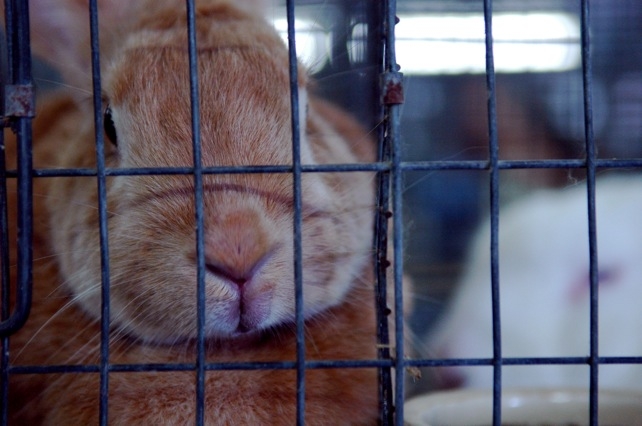 How to Build a Wood Framed Rabbit Cage
How to Build a Wood Framed Rabbit Cage
How to Build a Wood Framed Rabbit Cage
How to Build a Wood Framed Rabbit Cage
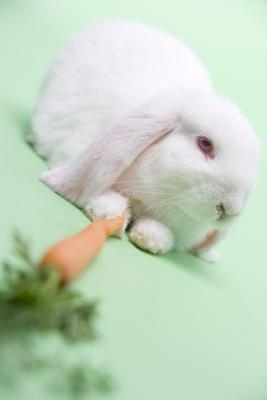 Rabbit Breeds for Children
Rabbit Breeds for Children
Rabbit Bree
Rabbit Breeds for Children
Rabbit Breeds for Children
Rabbit Bree
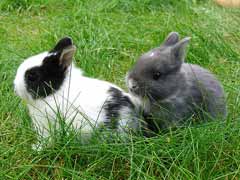 Caring For Rabbits: Top 10 Tips To Help
If you
Caring For Rabbits: Top 10 Tips To Help
If you
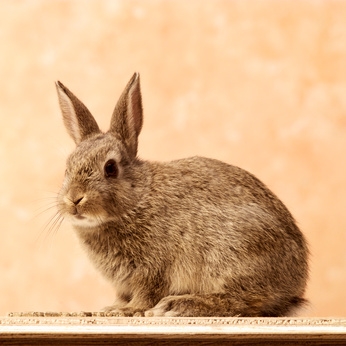 How to Make Really Simple Rabbit Cages
How to Make Really Simple Rabbit Cages
How to Make Really Simple Rabbit Cages
How to Make Really Simple Rabbit Cages
Copyright © 2005-2016 Pet Information All Rights Reserved
Contact us: www162date@outlook.com